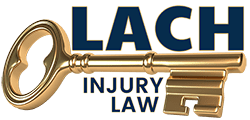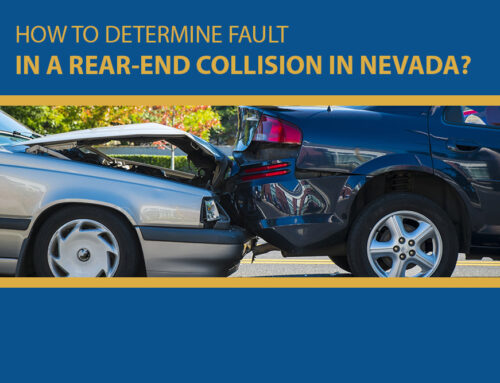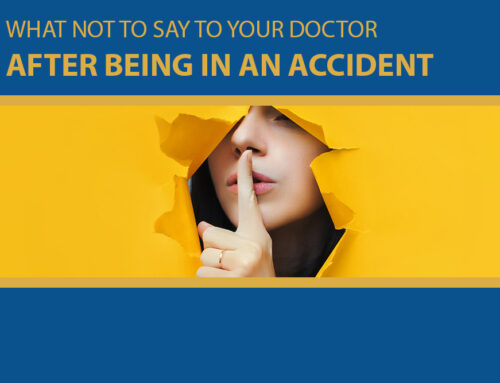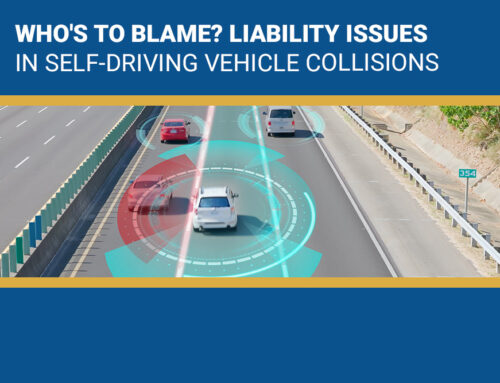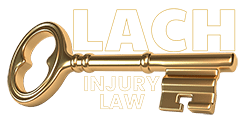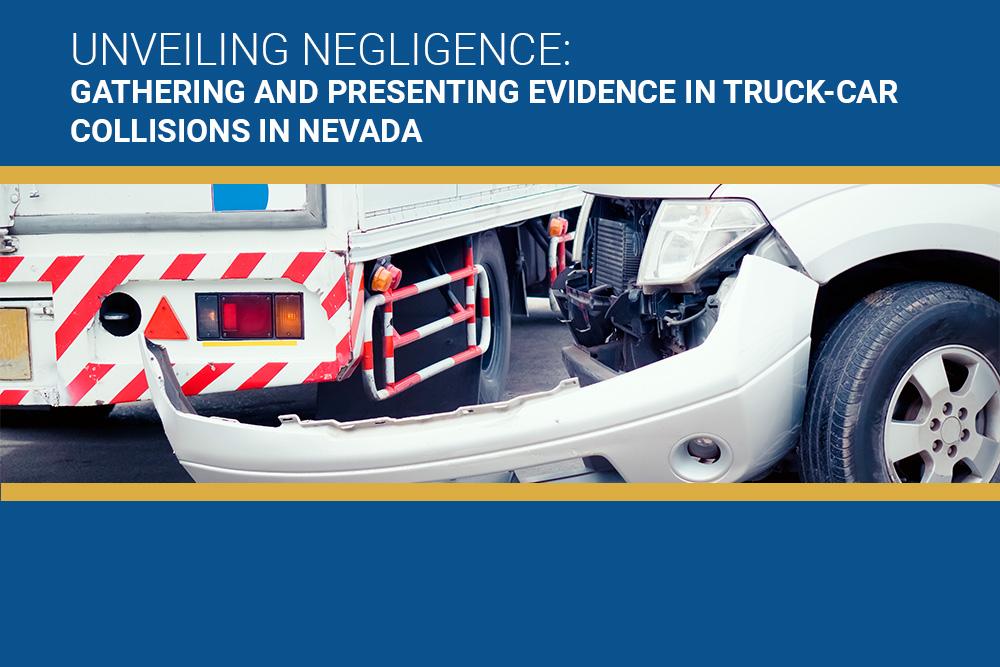
Truck-car collisions are common on Nevada’s roads, frequently resulting in severe injuries and significant property damage. While the immediate aftermath of such an accident can be stressful, successfully gathering and presenting evidence is essential for any subsequent legal battles. This blog post will walk you through the complexities of gathering evidence and how it may make or break your case.
Truck-Car Collisions Are Common
Thanks to its busy roadways and considerable freight traffic, Nevada is not new to truck-car collisions. Because of commercial trucks’ sheer size and weight, these accidents are frequently more disastrous than regular car-on-car crashes. Driver fatigue, speeding, and failure to obey traffic laws are all common reasons. The stakes are enormous, not just in physical injury but also in the legal difficulties that frequently accompany such accidents.
Evidence’s Importance in Proving Negligence
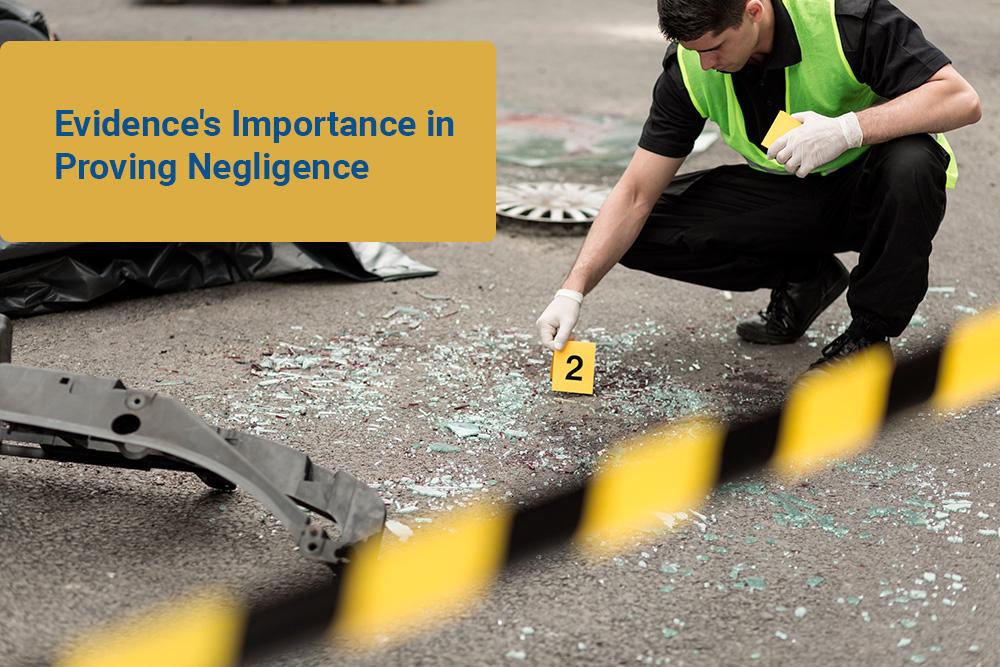
The concept of negligence is essential in the field of personal injury law. Negligence is defined as failing to use the level of care that a reasonable person would have used in similar circumstances. In the case of truck-car collisions, showing negligence is not only vital but also critical. It serves as the foundation for constructing and deciding personal injury claims.
The burden of proof in demonstrating negligence is squarely on the victim or plaintiff’s shoulders. As a result, the job of evidence collecting is not just necessary but critical to the success of your case. Evidence is the concrete proof required to prove your negligence claims against the other party. Photographs at the accident scene, dashcam footage, witness testimony, and medical records documenting your injuries are all possibilities.
Without compelling evidence, even a seemingly powerful case might quickly collapse. The lack of solid proof can substantially undercut your claim, making proving the other party’s negligence harder. This, in turn, can hurt the result of your case, potentially leading to a lower settlement or even the dismissal of your claim entirely. Inadequate or missing proof may result in you not receiving the compensation you are entitled to for your injuries, medical bills, lost wages, and other losses.
As a result, gathering evidence is not a stage that should be skipped or rushed; it is a critical component that can greatly impact the course and conclusion of your legal procedures.
Types of Evidence to Gather
Evidence can take several forms, each of which strengthens your case. Here are some examples of evidence to consider:
- Photographs: Photograph the accident scene, car damage, and any visible injuries. These can be used as persuasive visual evidence.
- Dashcam Footage: If your car or the truck involved has a dashcam, collect the footage as soon as possible. It can provide an objective description of the events preceding the incident.
- Witness Statements: Eyewitness stories can add to your version of events by providing additional views. Gather contact information from any witnesses who may be present at the site.
- Medical Records: Seek urgent medical assistance and maintain all records as verification of any injuries experienced because of the event.
- Police Report: Always file a police report. It is an official record and can be a valuable piece of evidence.
How Technology is Aiding in Evidence Collection
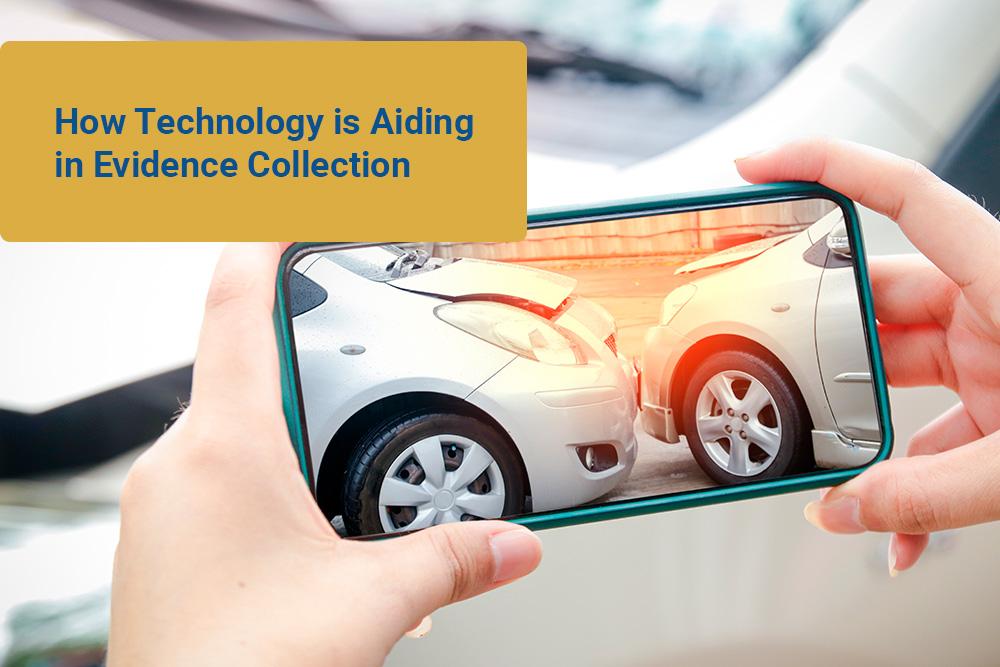
Technology advancements are making the process of gathering evidence easier than ever. In-car cameras are becoming increasingly popular because they can record footage automatically during a collision, providing incontrovertible evidence. Commercial trucks are adopting such systems to record driving behavior, which can be subpoenaed during legal procedures.
Presenting Evidence In Court
Once you’ve obtained all the essential evidence, the following step is to effectively present it in a legal context. This typically starts with the discovery phase, in which both sides exchange case-related information and evidence. Your lawyer will very certainly submit a list of interrogatories (written questions) and ask for the release of documents, such as medical records and any available video footage. It is critical to follow the rules of evidence, as failing to do so may result in your testimony being ruled inadmissible in court.
During the trial, your attorney will present evidence in a variety of ways, including direct examination of witnesses, physical evidence presentation, and maybe expert testimony to interpret technical features such as skid marks or car damage. The idea is to develop a convincing narrative establishing the other party’s responsibility in the crash.
Difficulties in Gathering and Presenting Evidence
While the process may appear simple, various difficulties might develop when obtaining and presenting evidence. The “spoliation” of evidence, which refers to the useful or unintentional destruction or manipulation of evidence, is one of the most common concerns. For example, if dashcam footage is not protected promptly, it may be overwritten, or a trucking firm may “lose” maintenance documents that could establish negligence.
Another issue to consider is the trustworthiness of witnesses. Memories fade with time, and witness reports may become less credible. This is why it’s critical to collect witness accounts as quickly as possible following an accident.
Finally, dealing with huge trucking corporations and their legal teams is challenging. These firms frequently have substantial resources and will make tremendous efforts to limit their liabilities. This emphasizes the importance of your attorney’s role in properly presenting your case.
Federal Regulations and Their Role in Evidence Gathering
Another dimension to consider when gathering evidence in truck-car collisions in Nevada is the presence of federal regulations that govern commercial trucking. The Federal Motor Carrier Safety Administration (FMCSA) has established guidelines concerning service hours, vehicle maintenance, and other operational aspects. Failure to comply with these rules could be evidence of negligence by the trucking company or driver. Records like the driver’s logbook, maintenance logs, and Electronic Logging Devices (ELD) can be vital evidence. These records can be requested through legal channels, adding more weight to your case if discrepancies are found.
Expert Witnesses and Their Value

Using expert witnesses in a court of law can provide the missing link between the evidence and establishing negligence. An accident reconstruction expert can demonstrate how the trucker’s actions led to the collision, a medical expert can clarify the extent of injuries, and a financial expert can help calculate damages, such as future lost earnings. Your attorney will help you identify the types of expert witnesses that can strengthen your case and work towards hiring credible professionals for testimonials.
Insurance Companies and Settlement Negotiations
One should not underestimate the role of insurance companies in these cases. Insurance adjusters will promptly initiate their investigation, often aiming to minimize the amount their company has to pay. In this situation, your gathered evidence becomes your negotiating power. Having a well-documented case can not only aid in court but can also facilitate more favorable settlement negotiations. Your attorney can take the lead in these discussions, ensuring that you are adequately compensated for both economic and non-economic damages.
Conclusion
Truck-car collisions in Nevada are complicated events requiring meticulous attention to detail, particularly when obtaining and presenting evidence. Each piece of evidence contributes to a stronger case, from images and dashcam footage to medical records and witness accounts. Technology is progressively helping to streamline this procedure, but obstacles remain. The route to proving carelessness is filled with barriers, whether it’s the potential of evidence spoliation or the strong legal teams of huge transportation corporations.
However, you can successfully manage these challenges with the correct legal guidance and a proactive strategy for evidence collection. Remember that you, the victim, have the burden of proof. Taking the time to acquire detailed evidence, on the other hand, can make a major difference in the outcome of your case, ensuring that you obtain the compensation you deserve.
Lach Injury Law can provide expert advice.
Consider speaking with Lach Injury Law if you’ve been involved in a truck-car collision in Nevada and are struggling with the complexities of evidence collection and presentation. Our expert team of attorneys understands the complex nature of truck-car collision cases and can walk you through each step of the legal process, ensuring you have the best chance of a good resolution.

